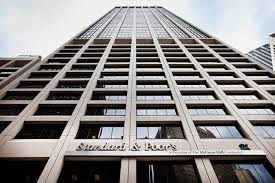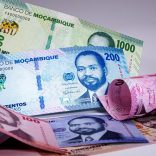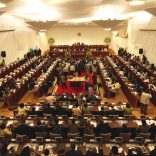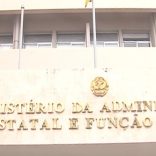Mozambique faces 'silent and destructive adversary' in illegal fishing - FAO
Africa’s debt returns to levels prior to the 1996 multilateral initiative – S & P

File photo
The Standard & Poor’s global rating agency says today that the risk profile of African countries’ public debt suggests that the 1996 international debt relief initiative failed.
“More than two decades after the initiation of the Heavily Indebted Poor Countries Initiative (HIPC), the costs of serving sub-Saharan African countries’ debt are back to levels before the initiative,” analysts write in a note sent to investors, to which Lusa has had access.
In the report, analysts say that “although the debt volume of most governments in this region, measured as a percentage of GDP, is only half the pre-HIPC level, countries are accumulating the same amount in terms of interest expenditure, measured as a percentage of revenue”.
“The HIPC outcome was only partially successful,” therefore, as the cost of servicing the debt has returned to the levels they were before the initiative.
As a result, “the debt burden of governments will remain high but stabilise at current levels”, meaning that they “remain vulnerable to various global risks and their ability to service debt remains problematic”.
This is due to the increase in public debt vis-à-vis the revenues that governments receive to make payments to creditors, not so much the total amount of debt, which represents just over 50 percent of the GDP of these countries.
“In terms of our debt metrics, HIPC helped bring debt stocks down from an average of over 100 percent of GDP in 2000 to around 24 percent in 2008, while the ratio between debt interest and government revenues fell from 13 to 5 percent,” the report explains.
The problem, they point out, is that “since 2011, debt stocks have again risen to 53 percent of GDP in 2017, when they were at 18 percent in 2011, and debt interest rose to 11 percent of revenues when in the same period they were in the 4 percent”.
Ghana, Zambia and Uganda lead the list of the most worrying countries, since debt interest alone consumes 15 percent of their income. Mozambique and the Republic of Congo are already in financial default because they have failed to make repayments on public debt financed by creditors.
According to S&P data, Mozambique’s debt-to-GDP ratio in 1999 was 116 percent, while interest accounted for 2.7 percent of government revenues. Last year the volume of debt was 115.1 percent of GDP and interest accounted for 7.7 percent of the country’s tax revenues.
The basis of this rise in debt burden in recent years lies “not only the cost of financing significant budget deficits but also the change in the nature of funding in the region”.
S&P Global says that, to compensate for the economic slowdown and lower tax revenues, governments are resorting less to multilateral lending institutions, which lend at concessionary rates, and have chosen to increase the use of domestic and foreign commercial financing and new creditors such as China.
“Trade agreements, shorter maturities, higher interest rates and exposure to currency fluctuations are contributing to the risks to debt repayment,” the rating agency summarises, forecasting that public debt in the region will represent, on average, around of 50 percent [of GDP], and that the costs of servicing debt will be 10.5 percent in the coming years.













Leave a Reply
Be the First to Comment!
You must be logged in to post a comment.
You must be logged in to post a comment.